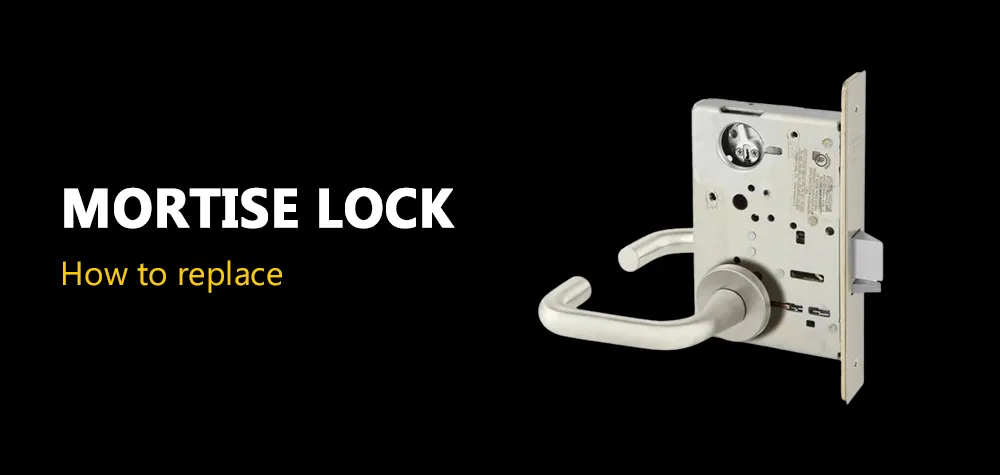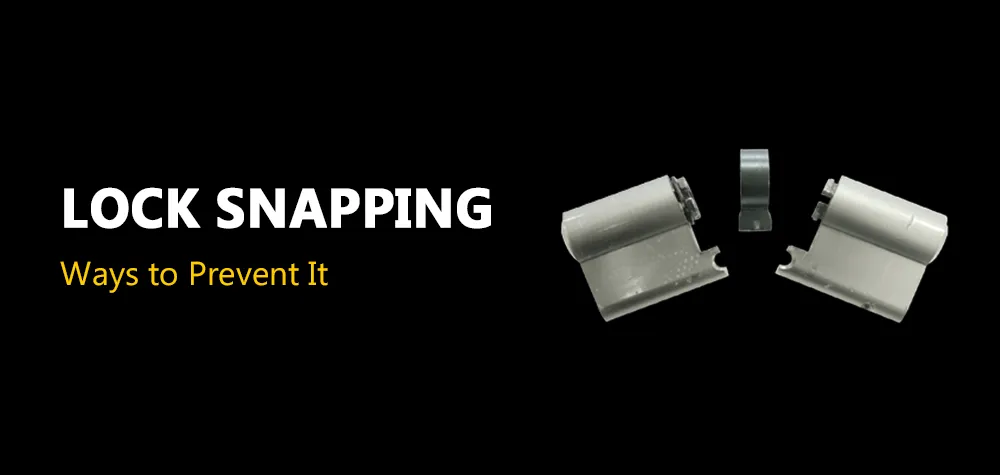Effective Tips to Find a Reliable Locksmith
Call Us Any Time!
24/7 Residential, Commercial & Automotive Locksmith Services
Highlights
- If you find yourself locked out during an emergency, don't hesitate. Reach out to an emergency locksmith immediately.
- Verify the legitimacy of your locksmith by confirming the validity of their license and registration, and review customer feedback.
- Using the website of Associated Locksmiths of America is an excellent starting point to locate a locksmith.
In the realm of security and peace of mind, finding a reliable locksmith is paramount. Whether you're faced with a sudden lockout or seeking to enhance your property's security, knowing how to locate a trustworthy locksmith is essential. In this guide, we'll explore pro tips and strategies to help you navigate the process effectively.
From verifying credentials to assessing customer reviews, we'll provide actionable insights to ensure you make an informed decision. With the right knowledge and approach, you'll be equipped to find a locksmith you can rely on for all your locksmithing needs. Join us as we delve into the journey of securing your property with confidence.
Where can one locate a professional locksmith?
When seeking a professional locksmith, turn to trusted sources for a reliable and skilled service. One such valuable resource is findaLocksmith.com, a platform endorsed by the Associated Locksmiths of America (ALOA). By visiting this site, you gain access to a network of certified and vetted locksmiths who adhere to industry standards.
ALOA's endorsement ensures that the locksmiths listed on findalocksmith.com possess the expertise and credibility needed to address your security needs. Whether it's emergency lockouts, key replacements, or security system installations, this platform serves as a reliable guide to connect you with professional locksmiths committed to safeguarding your property.
Preparing to Hire a Locksmith: Essential Steps to Take
Prior to enlisting the services of a locksmith, there are essential steps to take. Verify their credentials, ensuring their license and registration are valid for authenticity. Evaluate customer reviews to gauge their reputation and dependability. Gain a clear understanding of the range of services offered and inquire about any potential additional fees.
Seek recommendations from reliable sources, such as friends or family, for insights into their experiences with the locksmith. By conducting thorough research and due diligence, you can confidently choose a locksmith who aligns with your security requirements and delivers professional and reliable service.
Key Details to Provide the Locksmith Prior to Your Appointment
Before your scheduled locksmith appointment, it is crucial to furnish key details to facilitate a smooth and efficient service. Be prepared to share the type of lock or key system involved, the specific issue or service required (e.g., lockout assistance, key duplication, or lock installation), and any relevant information about the property.
Additionally, inform the locksmith about any security concerns or special requirements you may have. Providing this information upfront enables the locksmith to come prepared with the necessary tools and expertise, ensuring a timely and effective resolution to your locksmith needs.
Ask About the Locksmith's Qualifications and references
Before finalizing your choice of locksmith, inquire about their qualifications and request references. Understanding their level of expertise and reliability is crucial in entrusting them with your security needs. Ask about their training, certifications, and relevant experience to ensure they are well-equipped to handle your specific requirements. Seeking references from past clients can offer valuable insights into the locksmith's professionalism and the quality of their services.
Tips for Hiring a Locksmith
When hiring a locksmith, consider these tips to make an informed decision. Firstly, verify their credentials, ensuring a valid license. Secondly, check for customer reviews to assess their reputation. Thirdly, inquire about the range of services offered and any potential additional fees. Fourthly, seek recommendations from reliable sources. Lastly, communicate key details before the appointment. Following these tips ensures you select a locksmith who is qualified, trustworthy, and well-suited to meet your specific security needs.
Scheduling Interview
Initiate the hiring process by scheduling an interview with the locksmith. This step allows you to delve into their qualifications, experience, and approach to security solutions. Prepare a set of questions to assess their expertise, inquire about relevant certifications, and discuss your specific requirements. Through this interview, you can gauge their professionalism, reliability, and communication skills, ensuring a well-informed decision in selecting a locksmith who aligns with your security needs.
Review the Agreement and Establish Payment Terms
Once you've selected a locksmith, it's crucial to carefully review the agreement before proceeding. Ensure you understand all terms and conditions outlined in the contract, including services offered, pricing, and any potential additional fees. Take the time to discuss and establish clear payment arrangements to avoid any misunderstandings.
Confirm the preferred payment method and timing to ensure a smooth transaction. By thoroughly examining the contract and setting up transparent payment terms, you contribute to a positive and transparent working relationship with the locksmith.
Identify Warning Signs During Your Search for a Locksmith
Be vigilant for potential issues when seeking a locksmith. Recognize warning signs such as unusually low pricing, lack of clear identification, or reluctance to provide credentials. Exercise caution if the locksmith insists on drilling the lock immediately without exploring alternative methods. Additionally, be wary of unmarked vehicles or those lacking company logos. Trustworthy locksmiths are transparent about their services and qualifications. By staying alert to these red flags, you safeguard yourself from potential scams and ensure you hire a professional locksmith for your security needs.
Steps to Take When Locked Out of Your House
If you find yourself locked out of your home, swift resolution is key. Begin by assessing all possible entry points to confirm the lockout. Check for accessible spare keys or inquire with a trusted neighbor. Experiment with non-destructive methods like lock picking or seek professional assistance. In urgent situations, consider emergency locksmith services for a prompt and secure solution. If initial attempts prove unsuccessful, contact a reliable locksmith promptly. Remaining calm and systematically evaluating possibilities ensures an efficient approach to address the lockout situation, with emergency locksmith services offering timely assistance when needed.



All Rights Reserved | BROTHERSLOCKSMITH.COM
Privacy Policy






